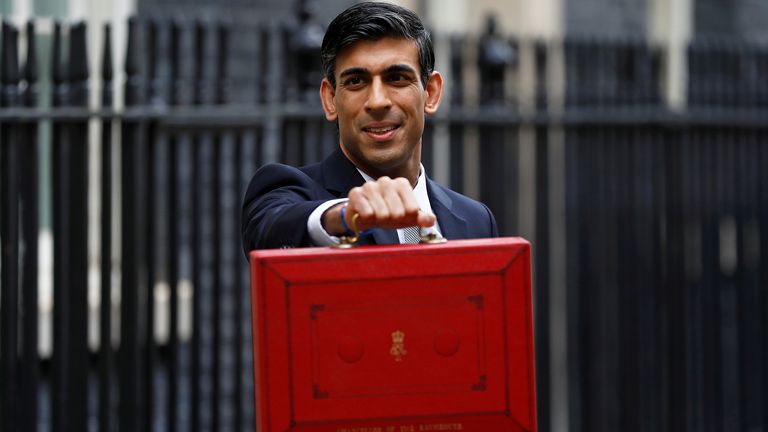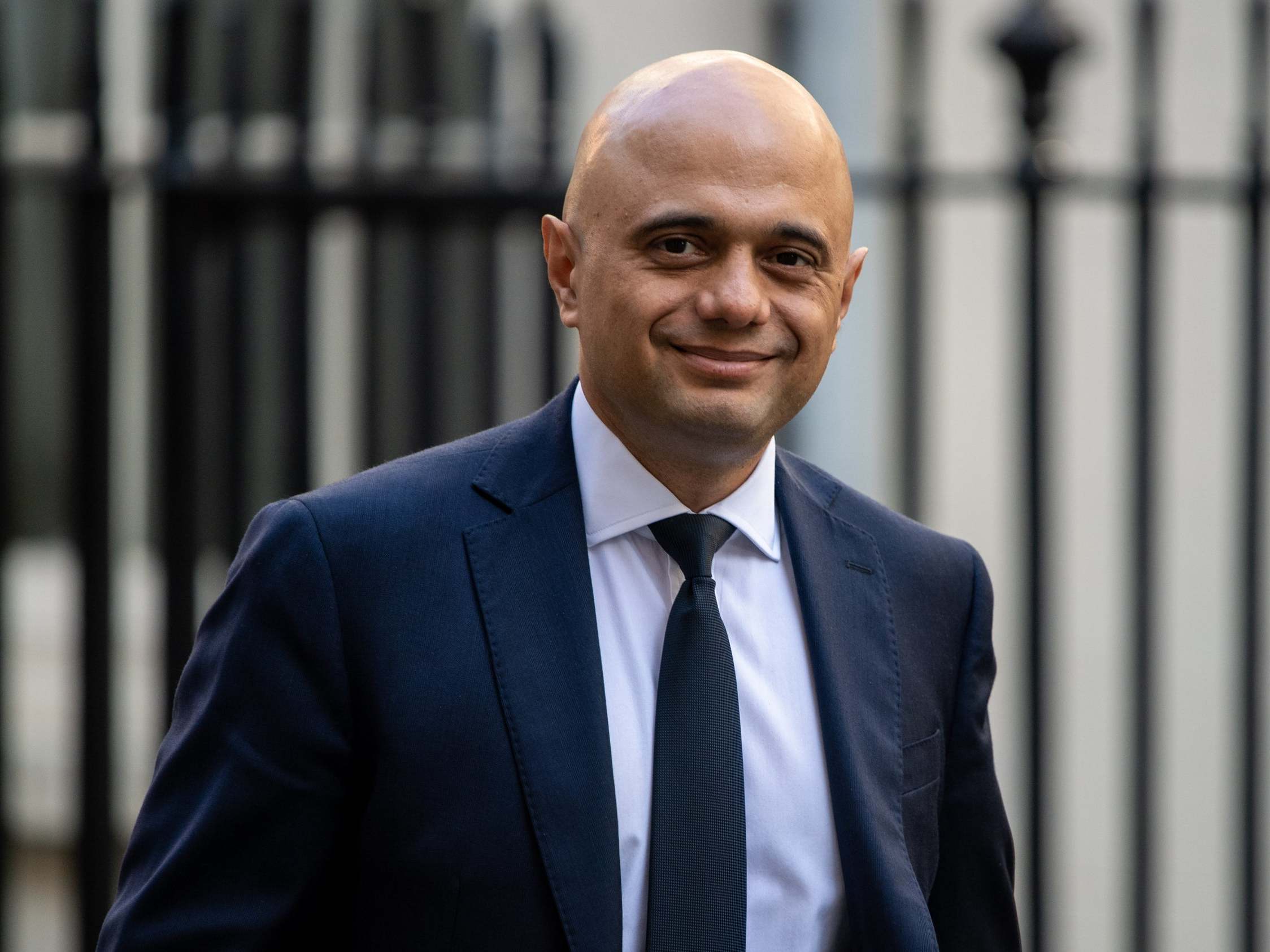![Image result for sajid javid"]()
Here are some of the financial events that are pretty much set in stone next year and which could affect your finances:
January – rail fares rise
Rail commuters will see their costs jump by 2.7 per cent from January.
That is less than the retail price index (RPI) was in July 2019, which is what “regulated fares” are normally pegged to. But it is nearly twice the latest consumer price index (CPI), which in October was 1.5 per cent – The Independent has worked out that some passengers will now pay more than £1 a mile.
31 January – tax return deadline
This is the final deadline for filing 2018-19 tax returns online and it’s also the date for settling the bill if you haven’t already. Don’t miss it or there could be a automatic penalty of £100 – plus charges for late payments.
11 March – Budget
After gaining a comfortably large majority, the Conservatives can be sure of getting their budget easily passed by the house and so it’s widely expected to meet a lot of the promises made in their manifesto – that includes an increase in the threshold for paying national insurance, saving anyone who earns over £12,600 a year around £100.
It’s also quite likely to contain some major housing policy – the Queen’s Speech promised a 30 per cent housing discount for key workers and first-time buyers, so we should learn more about how that will work.
There may also be announcements on social care, environmental policy and perhaps even IR35 – stricter tax rules for contractors that are set to be rolled out across the private sector in 2020. Sajid Javid has vowed that these changes will be reviewed and there’s speculation that may be addressed in the next budget.
20 March – new broadband rights
From this date in 2020 households and businesses across the country will have a legal right to request a decent and affordable broadband connection.
Some of the most remote homes and workplaces, the ones that currently have to put up with poor or patchy broadband, will be able to ask for set minimum speeds. The cost of providing these connections will be met up to a value of £3,400. If it costs more than that, people can choose to pay the extra or seek an alternative solution such as satellite broadband.
6 April – new tax year, BIG changes
The new tax year is always an important event in the financial calendar but this year it’s a particularly major money moment. As happens most years, the state pension triple lock means that the benefit will rise – this year by 3.99 per cent.
For the first time in a long time, other benefits will rise as the benefits freeze comes to an end. They will increase by 1.7 per cent.
There is no planned change to income tax thresholds in England this tax year. Scotland and Wales can change rates themselves but neither government has announced plans to do so. New car tax bands will, however, come into force, reflecting new emission tests.
April – overdraft rules change
Banks have been accused of offering customers a bewildering range of charges and rates for overdrafts but many have already simplified their charges ahead of changes that come into force in April.
Sarah Coles, personal finance analyst at Hargreaves Lansdown, said: “Overdrafts will have to be charged at a simple, single interest rate – advertised in a standard way. It means banks will not be able to charge a separate fee for unarranged overdrafts.”
Several banks have increased their overdraft rates to as much as 39.9 per cent ahead of this change.
April – inheritance tax changes
There will be another rise in the amount people can leave as part of their estate before they have to pay inheritance tax. Since April 2017, anyone who owns a residential property has had an extra inheritance-tax-free allowance, increasing each year. It rises one final time in 2020, to £175,000.
Laura Suter, personal finance analyst at AJ Bell, said: “This means that including the standard nil rate band, a couple can leave a property worth £1m entirely inheritance tax free.
“There are some tricky rules you have to stick to, so the property must be left to a child, grandchild, or step versions. Those with very large estates won’t get the full amount, as anyone with an estate valued at more than £2m will lose the allowance by £1 for every £2 they are over this limit.”
April – student loan repayments fall
The amount that students can earn before they need to begin repaying their student loans will rise by 3.3 per cent in April, reaching £26,575. That means anyone earning less will not have to make repayments.
Suter added: “For those over this limit, you repay your loan at a rate of 9 per cent above this figure, so the hike will mean graduates get an extra £76.50 in their back pocket.
“Meanwhile those on a Plan 1 loan – those who went to university between 1998 and 2011 – will see their threshold rise from £18,935 a year to £19,390.”
1 June – television licence fee changes
This is the date that the change to TV licences kicks in, bringing to an end the free licences for the over-75s. After this date, licenses will only be free to people receiving pensions credit – stripping them away from an estimated 3.7m households.
October – state pension age reaches 66
The age at which people can claim their state pension has been rising gradually and this October it reaches 66. Anyone born after 5 October 1954 will not be able to claim it until at least that age – and, it is set to continue to rise to 68 by 2039 unless a government acts to change that.
A lot of potential changes
Those are the known dates but there are a lot of other events that could have significant impacts on people’s finances this year – positive and negative.
Coles added: “2020 should finally see all sorts of things we’ve been waiting interminably for – from an increase in benefits, to a pause in state pension age rises and the introduction of no-fault divorce.
“Whether we see a resolution to the Brexit saga, or indeed the arrival of Godot, is another matter entirely.”
Brexit remains the elephant in the room for financial planning but perhaps 2020 will bring some clarity on what it means for our country – and our wallets.










